Strawberry harvest tips are essential for any home gardener dreaming of juicy, red berries bursting with flavor. Imagine biting into a sun-ripened strawberry, picked fresh from your own garden – a taste far superior to anything you’ll find in a grocery store! But achieving that perfect harvest isn’t always as simple as it seems. For centuries, cultivating strawberries has been a cherished tradition, with different cultures developing unique methods to maximize their yield. From ancient Roman gardens to modern-day backyard plots, the quest for the sweetest, most abundant strawberry harvest continues.
That’s where these DIY tricks and hacks come in! I’m going to share some simple, yet effective, techniques that will help you avoid common pitfalls like underripe or overripe berries, pest infestations, and wasted crops. Let’s face it, nobody wants to put in all the hard work of planting and nurturing strawberry plants only to end up with a disappointing harvest. These strawberry harvest tips are designed to empower you, the home gardener, to reap the rewards of your labor and enjoy a bountiful supply of delicious, homegrown strawberries all season long. So, grab your gardening gloves, and let’s get started!
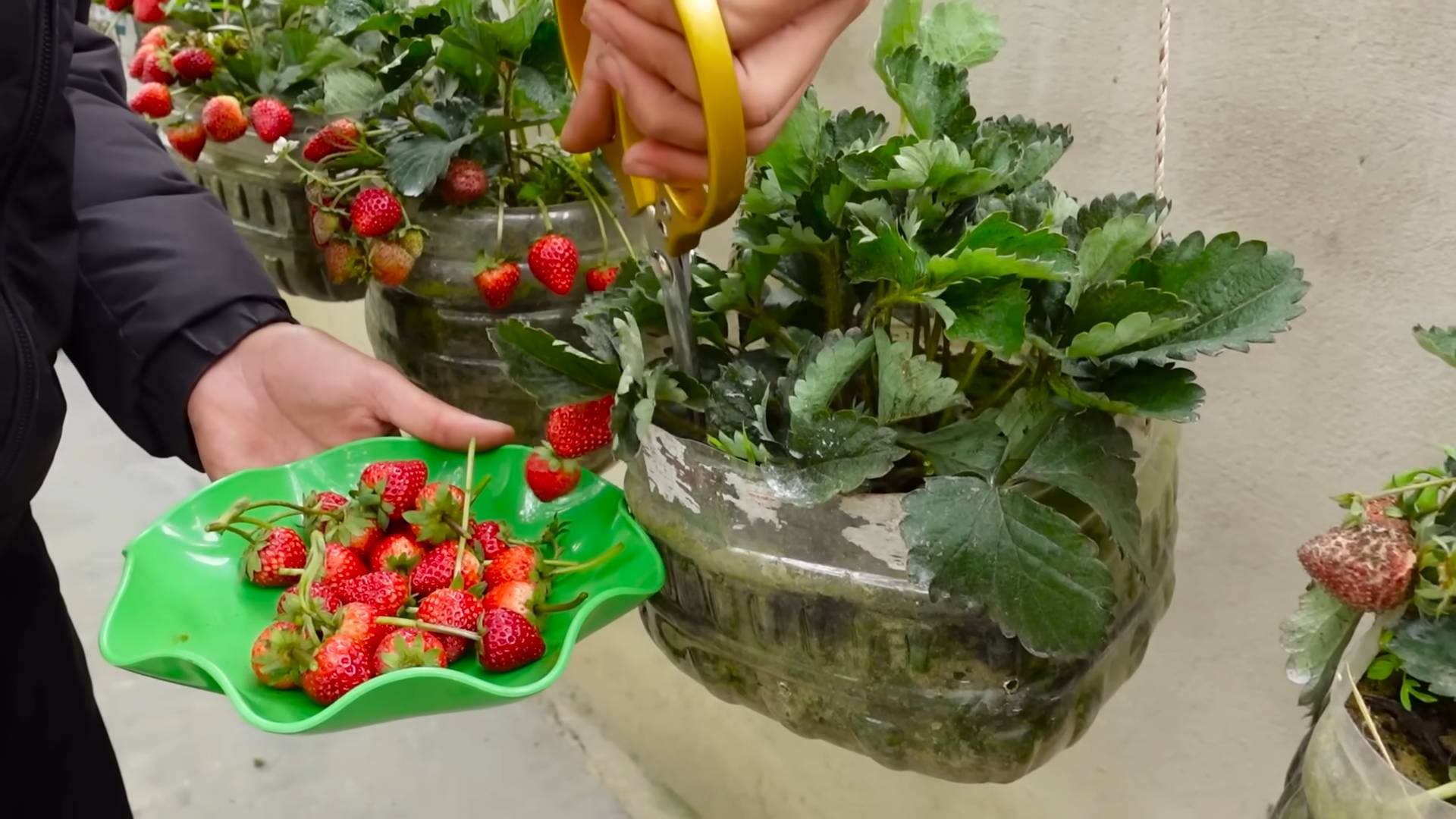
Maximize Your Strawberry Harvest: A DIY Guide to Bumper Crops!
Okay, strawberry lovers, let’s talk about getting the most out of your strawberry patch! I’ve been growing strawberries for years, and I’ve learned a few tricks along the way to ensure a delicious and abundant harvest. This guide is all about maximizing your yield, keeping your plants healthy, and enjoying those sweet, juicy berries all season long.
Understanding Strawberry Plant Types
Before we dive into the nitty-gritty, it’s important to know what kind of strawberry plants you have. This will affect how you care for them and when you can expect to harvest. There are three main types:
* June-Bearing: These plants produce one large crop of strawberries, usually over a period of 2-3 weeks in late spring or early summer. They’re known for their large, flavorful berries.
* Everbearing: Everbearing strawberries produce two or three harvests throughout the growing season – one in spring, one in late summer/early fall, and sometimes a smaller one in between. The berries are generally smaller than June-bearing varieties.
* Day-Neutral: These plants produce strawberries continuously throughout the growing season, as long as the temperature is between 35°F and 85°F. They’re less sensitive to day length than the other two types.
Knowing your type will help you tailor your care and harvesting schedule.
Preparing for a Stellar Harvest
A successful harvest starts long before the berries turn red. Proper preparation is key!
* Soil Preparation: Strawberries thrive in well-drained, slightly acidic soil (pH 5.5-6.5). Before planting, amend your soil with plenty of compost or other organic matter. This will improve drainage, fertility, and water retention.
* Sunlight: Strawberries need at least 6-8 hours of direct sunlight per day. Choose a location that gets plenty of sun.
* Watering: Consistent watering is crucial, especially during fruit development. Aim for about 1 inch of water per week, either from rain or irrigation. Avoid overhead watering, as this can promote fungal diseases. Drip irrigation is ideal.
* Fertilizing: Feed your strawberry plants with a balanced fertilizer in early spring, before they start to bloom. You can also use a fertilizer specifically formulated for berries. Follow the instructions on the fertilizer package carefully.
* Weed Control: Weeds compete with strawberries for nutrients and water. Keep your strawberry patch weed-free by hand-pulling weeds regularly or using a layer of mulch.
* Pest and Disease Control: Keep an eye out for common strawberry pests and diseases, such as slugs, snails, spider mites, and fungal diseases. Take action promptly if you notice any problems. Organic pest control methods are always a good option.
Step-by-Step Harvesting Guide
Now for the fun part – harvesting those delicious strawberries!
1. Timing is Everything: The best time to harvest strawberries is in the morning, after the dew has dried. This is when the berries are at their peak flavor and firmness.
2. Look for Ripe Berries: Strawberries are ripe when they are fully red, plump, and slightly soft to the touch. The cap (the green leafy part) should also be easily removed.
3. Gentle Handling: Strawberries are delicate, so handle them with care. Gently grasp the stem just above the berry and twist or snip it off with scissors or pruning shears.
4. Avoid Bruising: Avoid squeezing or dropping the berries, as this can cause bruising and spoilage.
5. Harvest Regularly: Check your strawberry patch every day or two during peak season. Ripe berries left on the plant will attract pests and can rot.
6. Don’t Wash Until Ready to Eat: Washing strawberries before storing them can cause them to spoil more quickly. Wait to wash them until you’re ready to eat them.
7. Proper Storage: Store unwashed strawberries in a single layer in a container lined with paper towels. Keep them in the refrigerator for up to a week.
Extending Your Harvest Season
Want to enjoy strawberries for longer? Here are a few tips:
* Succession Planting: Plant different varieties of strawberries with different ripening times. This will help to extend your harvest season.
* Row Covers: Use row covers to protect your strawberry plants from frost in the spring and fall. This can help to extend the growing season.
* Cold Frames: A cold frame can provide even more protection from the elements, allowing you to start harvesting strawberries earlier in the spring and later in the fall.
* Freezing: Freeze your excess strawberries to enjoy them throughout the year. Wash and hull the berries, then spread them out on a baking sheet and freeze them for a few hours. Once frozen, transfer them to a freezer bag or container.
Troubleshooting Common Strawberry Problems
Even with the best care, you may encounter some problems with your strawberry plants. Here are a few common issues and how to address them:
* Small Berries: Small berries can be caused by a variety of factors, including poor soil, lack of water, insufficient sunlight, or overcrowding. Make sure your plants have adequate nutrients, water, and sunlight. Thin out the plants if they are overcrowded.
* Rotting Berries: Rotting berries are often caused by fungal diseases, such as gray mold. Improve air circulation around your plants by pruning away excess foliage. Avoid overhead watering and remove any infected berries promptly.
* Pest Infestations: Keep an eye out for common strawberry pests, such as slugs, snails, spider mites, and aphids. Use organic pest control methods to manage infestations.
* Lack of Fruit: If your strawberry plants are not producing fruit, it could be due to a lack of pollination, insufficient sunlight, or improper fertilization. Make sure your plants are getting enough sunlight and are properly fertilized. You can also try hand-pollinating the flowers with a small brush.
Boosting Your Strawberry Yield: Advanced Techniques
Ready to take your strawberry growing to the next level? Here are some advanced techniques to boost your yield even further:
* Strawberry Towers: Growing strawberries in towers is a great way to maximize space and improve air circulation. You can buy pre-made strawberry towers or build your own using PVC pipes or other materials.
* Hydroponics: Hydroponic strawberry growing is a soilless method that can produce high yields in a small space. It requires a bit more setup and maintenance, but the results can be impressive.
* Vertical Gardening: Similar to strawberry towers, vertical gardening involves growing strawberries on walls or other vertical structures. This is a great way to save space and add visual interest to your garden.
* Companion Planting: Certain plants can help to improve the health and yield of your strawberry plants. Good companion plants for strawberries include borage, garlic, onions, and thyme.
Propagating Your Strawberry Plants
Strawberries are easy to propagate, which means you can create new plants from your existing ones. This is a great way to expand your strawberry patch without having to buy new plants.
* Runners: June-bearing strawberries produce runners, which are long stems that grow horizontally from the mother plant. These runners will develop roots and form new plants. To propagate strawberries from runners, simply pin the runner to the soil with a U-shaped pin or rock. Once the new plant has developed roots, you can cut it from the mother plant.
* Division: Everbearing and day-neutral strawberries can be propagated by division. In the spring or fall, carefully dig up the plant and divide it into several smaller plants, each with its own roots. Replant the divisions in a new location.
Enjoying Your Strawberry Harvest
After all your hard work, it’s time to enjoy the fruits (or berries!) of your labor. Here are a few ideas for using your strawberry harvest:
* Eat them fresh: Nothing beats the taste of a freshly picked strawberry.
* Make jam or jelly: Strawberry jam and jelly are a classic way to preserve your harvest.
* Bake a pie or cobbler: Strawberry pie and cobbler are delicious desserts that are perfect for summer.
* Add them to smoothies or yogurt: Strawberries add a sweet and nutritious boost to smoothies and yogurt.
* Freeze them for later: As mentioned earlier, freezing strawberries is a great way to enjoy them throughout the year.
Final Thoughts
Growing strawberries can be a rewarding experience. With a little bit of planning and effort, you can enjoy a bountiful harvest of sweet, juicy berries all season long. Remember to choose the right variety for your climate, prepare your soil properly, water and fertilize regularly, and protect your plants from pests and diseases. Happy harvesting!
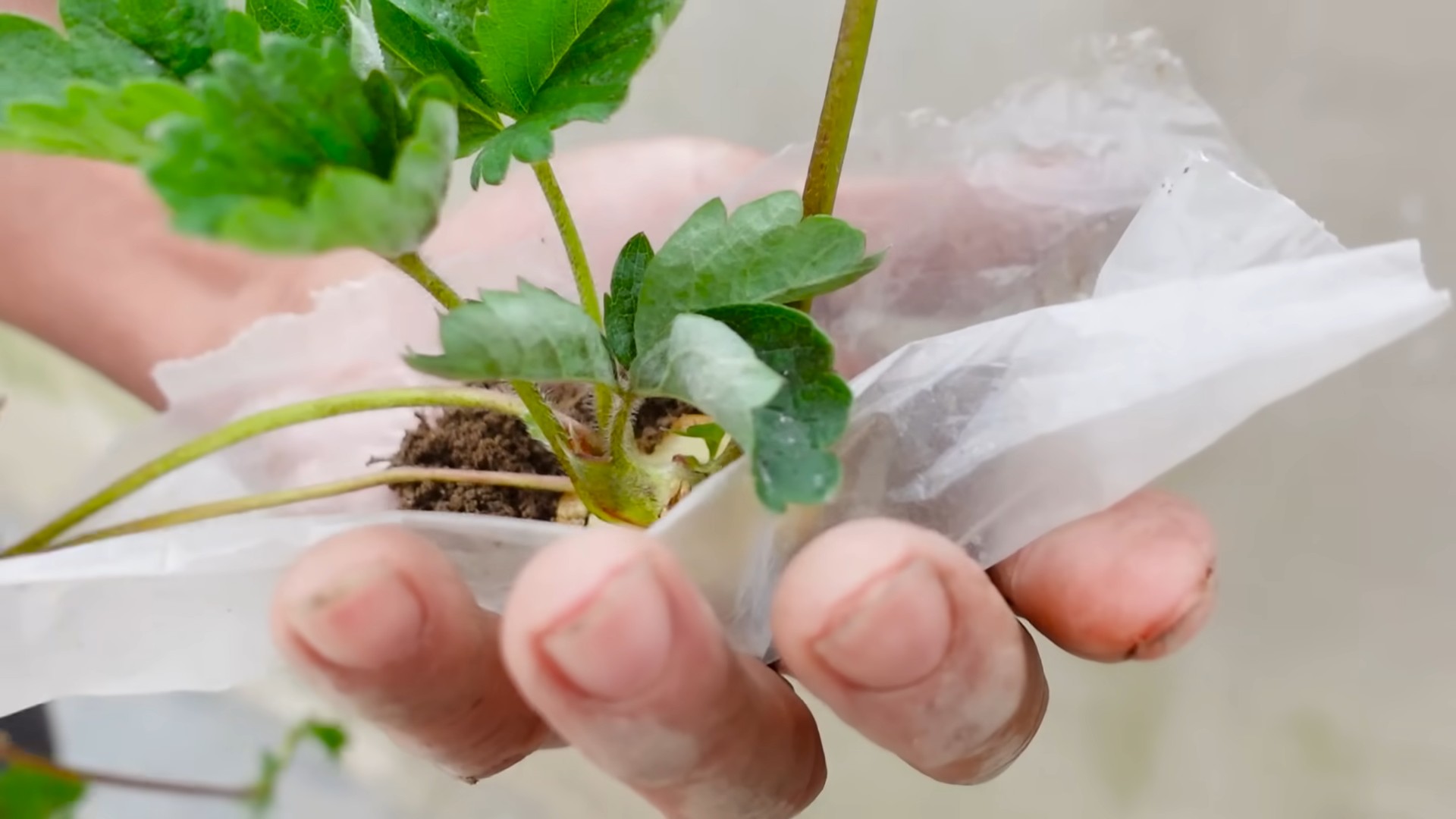
Conclusion
So, there you have it! Mastering these strawberry harvest tips isn’t just about picking berries; it’s about unlocking a world of flavor and freshness right from your own garden. Imagine biting into a sun-ripened strawberry, bursting with sweetness, knowing you nurtured it from blossom to beautiful, juicy fruit. That’s the reward waiting for you.
These tips, from understanding the color cues to employing the gentle twist, are designed to maximize your yield and minimize damage. Think of it as a partnership with your strawberry plants, a collaborative effort to bring the best possible harvest to your table. And the best part? It’s incredibly satisfying.
But don’t just take our word for it. The real magic happens when you put these strawberry harvest tips into practice. Experiment with different harvesting times to see how the flavor profile changes. Try growing different varieties of strawberries to discover your personal favorite. Perhaps you’ll find that Seascape strawberries are best picked in the early morning, while Albion strawberries reach their peak sweetness in the late afternoon sun. The possibilities are endless!
Consider these variations to elevate your strawberry harvesting experience:
* **Harvesting with Kids:** Make it a family affair! Teach children the importance of gentle handling and proper picking techniques. Turn it into a fun learning experience about nature and where their food comes from.
* **Preserving Your Harvest:** If you find yourself with an abundance of strawberries, explore different preservation methods. Freeze them for smoothies, make delicious jam, or even try dehydrating them for a healthy snack.
* **Companion Planting:** Enhance your strawberry patch by planting companion plants like borage or marigolds. These plants can attract beneficial insects and deter pests, leading to a healthier and more productive harvest.
* **Vertical Gardening:** If space is limited, consider growing strawberries in vertical planters or hanging baskets. This not only saves space but also makes harvesting easier and more accessible.
We are confident that by implementing these strawberry harvest tips, you’ll be amazed at the difference it makes in the quality and quantity of your harvest. You’ll be enjoying the freshest, most flavorful strawberries you’ve ever tasted.
Now, it’s your turn! Head out to your strawberry patch, put these tips to the test, and experience the joy of harvesting your own delicious berries. We can’t wait to hear about your experiences. Share your photos, stories, and any additional tips you discover in the comments below. Let’s build a community of strawberry enthusiasts and learn from each other! Happy harvesting!
Frequently Asked Questions (FAQ)
Q: How do I know when my strawberries are ripe and ready to harvest?
A: This is arguably the most crucial aspect of successful strawberry harvesting. Look for a deep, vibrant red color that extends all the way to the stem. Avoid picking strawberries that are still white or green, as they will not ripen further after being picked. The berry should also have a slight sheen and a plump appearance. Gently squeeze the berry; it should yield slightly to pressure but not be mushy. Different varieties may have slightly different color cues, so it’s helpful to research the specific variety you’re growing.
Q: What is the best time of day to harvest strawberries?
A: The ideal time to harvest strawberries is in the morning, after the dew has dried but before the sun has reached its peak intensity. At this time, the berries are at their coolest and firmest, making them less susceptible to bruising and damage during handling. Harvesting in the heat of the day can cause the berries to soften and spoil more quickly.
Q: What is the proper technique for picking strawberries without damaging the plant?
A: The key is to be gentle and avoid pulling or yanking the berries. Grasp the stem of the strawberry about an inch above the berry itself. Gently twist and pull the stem until it separates from the plant. Avoid touching the berry itself as much as possible to prevent bruising. If the berry is difficult to remove, it may not be fully ripe yet.
Q: How often should I harvest my strawberry plants?
A: Strawberries ripen at different rates, so it’s important to check your plants every day or two during peak season. This will ensure that you’re harvesting the berries at their optimal ripeness and preventing them from becoming overripe and attracting pests. Regular harvesting also encourages the plant to produce more fruit.
Q: What should I do with strawberries that are slightly overripe?
A: Even slightly overripe strawberries can still be used! They are perfect for making jam, smoothies, or sauces. You can also freeze them for later use. Just be sure to remove any bruised or damaged parts before using them.
Q: How should I store freshly harvested strawberries?
A: To maximize the shelf life of your strawberries, avoid washing them until just before you’re ready to eat them. Store them in a single layer in a shallow container lined with paper towels. This will help absorb any excess moisture and prevent them from becoming mushy. Keep them refrigerated and consume them within a few days for the best flavor and texture.
Q: Can I harvest strawberries in the rain?
A: It’s generally best
So, there you have it! Mastering these strawberry harvest tips isn’t just about picking berries; it’s about unlocking a world of flavor and freshness right from your own garden. Imagine biting into a sun-ripened strawberry, bursting with sweetness, knowing you nurtured it from blossom to beautiful, juicy fruit. That’s the reward waiting for you.
These tips, from understanding the color cues to employing the gentle twist, are designed to maximize your yield and minimize damage. Think of it as a partnership with your strawberry plants, a collaborative effort to bring the best possible harvest to your table. And the best part? It’s incredibly satisfying.
But don’t just take our word for it. The real magic happens when you put these strawberry harvest tips into practice. Experiment with different harvesting times to see how the flavor profile changes. Try growing different varieties of strawberries to discover your personal favorite. Perhaps you’ll find that Seascape strawberries are best picked in the early morning, while Albion strawberries reach their peak sweetness in the late afternoon sun. The possibilities are endless!
Consider these variations to elevate your strawberry harvesting experience:
* **Harvesting with Kids:** Make it a family affair! Teach children the importance of gentle handling and proper picking techniques. Turn it into a fun learning experience about nature and where their food comes from.
* **Preserving Your Harvest:** If you find yourself with an abundance of strawberries, explore different preservation methods. Freeze them for smoothies, make delicious jam, or even try dehydrating them for a healthy snack.
* **Companion Planting:** Enhance your strawberry patch by planting companion plants like borage or marigolds. These plants can attract beneficial insects and deter pests, leading to a healthier and more productive harvest.
* **Vertical Gardening:** If space is limited, consider growing strawberries in vertical planters or hanging baskets. This not only saves space but also makes harvesting easier and more accessible.
We are confident that by implementing these strawberry harvest tips, you’ll be amazed at the difference it makes in the quality and quantity of your harvest. You’ll be enjoying the freshest, most flavorful strawberries you’ve ever tasted.
Now, it’s your turn! Head out to your strawberry patch, put these tips to the test, and experience the joy of harvesting your own delicious berries. We can’t wait to hear about your experiences. Share your photos, stories, and any additional tips you discover in the comments below. Let’s build a community of strawberry enthusiasts and learn from each other! Happy harvesting!
Frequently Asked Questions (FAQ)
Q: How do I know when my strawberries are ripe and ready to harvest?
A: This is arguably the most crucial aspect of successful strawberry harvesting. Look for a deep, vibrant red color that extends all the way to the stem. Avoid picking strawberries that are still white or green, as they will not ripen further after being picked. The berry should also have a slight sheen and a plump appearance. Gently squeeze the berry; it should yield slightly to pressure but not be mushy. Different varieties may have slightly different color cues, so it’s helpful to research the specific variety you’re growing.
Q: What is the best time of day to harvest strawberries?
A: The ideal time to harvest strawberries is in the morning, after the dew has dried but before the sun has reached its peak intensity. At this time, the berries are at their coolest and firmest, making them less susceptible to bruising and damage during handling. Harvesting in the heat of the day can cause the berries to soften and spoil more quickly.
Q: What is the proper technique for picking strawberries without damaging the plant?
A: The key is to be gentle and avoid pulling or yanking the berries. Grasp the stem of the strawberry about an inch above the berry itself. Gently twist and pull the stem until it separates from the plant. Avoid touching the berry itself as much as possible to prevent bruising. If the berry is difficult to remove, it may not be fully ripe yet.
Q: How often should I harvest my strawberry plants?
A: Strawberries ripen at different rates, so it’s important to check your plants every day or two during peak season. This will ensure that you’re harvesting the berries at their optimal ripeness and preventing them from becoming overripe and attracting pests. Regular harvesting also encourages the plant to produce more fruit.
Q: What should I do with strawberries that are slightly overripe?
A: Even slightly overripe strawberries can still be used! They are perfect for making jam, smoothies, or sauces. You can also freeze them for later use. Just be sure to remove any bruised or damaged parts before using them.
Q: How should I store freshly harvested strawberries?
A: To maximize the shelf life of your strawberries, avoid washing them until just before you’re ready to eat them. Store them in a single layer in a shallow container lined with paper towels. This will help absorb any excess moisture and prevent them from becoming mushy. Keep them refrigerated and consume them within a few days for the best flavor and texture.
Q: Can I harvest strawberries in the rain?
A: It’s generally best to avoid harvesting strawberries in the rain, as the berries will be more susceptible to bruising and rot. If you must harvest them in the rain, be extra gentle and allow them to air dry before storing them.
Q: My strawberries are being eaten by birds and other pests. What can I do?
A: There are several ways to protect your strawberry plants from pests. Netting is a common and effective solution for keeping birds away. You can also use row covers to protect the plants from insects. Other options include using organic pest control methods, such as introducing beneficial insects or applying neem oil.
Q: How do I encourage my strawberry plants to produce more fruit?
A: Proper care is essential for maximizing strawberry production. Ensure that your plants are getting adequate sunlight, water, and nutrients. Fertilize them regularly with a balanced fertilizer specifically formulated for strawberries. Remove any runners (the long stems that grow out from the plant) to encourage the plant to focus its energy on fruit production. Also, be sure to remove any dead or diseased leaves to prevent the spread of disease.

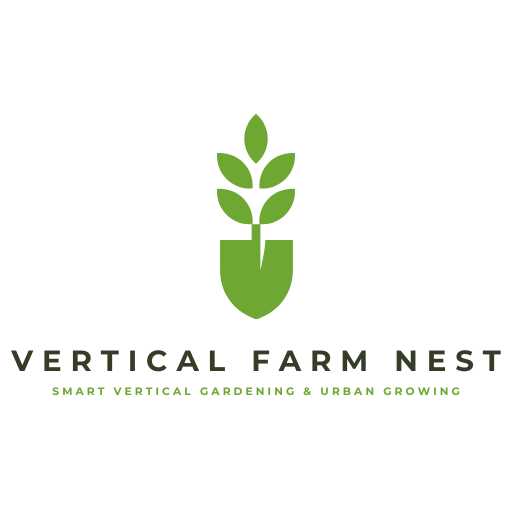
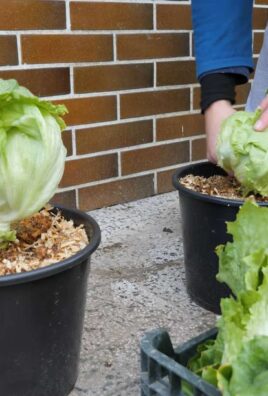
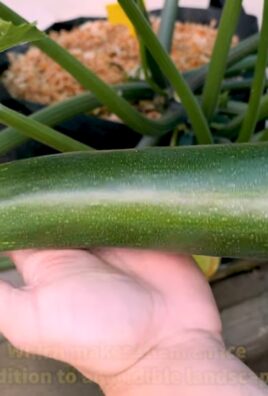
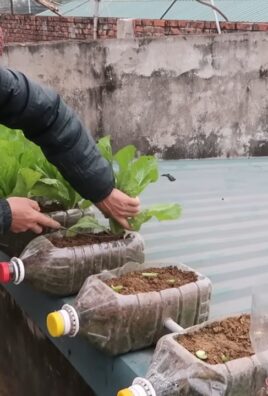
Leave a Comment